These days, it seems like everyone has an idea for a mobile app. With over 5 million apps across the major app stores, coming up with a unique and useful app concept can be challenging. However, a compelling app idea is the crucial first step in developing a successful mobile app. Without a great idea that solves a real problem or need for users, even the best app design and development will fall flat.
A great app idea is the foundation and genesis of your entire app. Your idea should be the guiding vision that informs all stages of your app development, from writing requirements to app naming or even feature planning, user interface design, and coding functionality. Your idea needs to capture the core purpose and value proposition of your app in a way that resonates with your target users. It should tap into a specific demand or market gap that your app will uniquely address.
👉🏾 Other Swiftspeed users also read: Complete list of top mobile app stores in 2024
New Mobile App Ideas You Can Steal
The most successful and popular mobile apps started with an “a-ha” moment where the founders identified an opportunity and conceived an ingenious idea that drove the entire app creation process. Apps like aptLearn, Uber, Instagram, Snapchat, and Venmo were built around ideas that clearly solved real-world problems for mobile users with creative solutions. Coming up with a similarly compelling idea is the crucial first hurdle every aspiring app developer needs to cross.
So don’t shortchange the app ideation process. Really understand your potential users and study the app landscape to come up with ideas that offer a delightful and addictive user experience. Research successful app ideas that sparked multimillion-dollar companies. Bounce ideas off friends and test concepts with target users. Refine and work on your app idea until you have clarity on how your app will enhance people’s lives. With a polished idea that captures the core user value and use cases, you can build momentum and bring your app vision to life
By the end of this article, my aim is for you to have a more nuanced understanding of how to cultivate creativity and innovation. Armed with this knowledge, you’ll be better equipped to elevate not just your own creativity but also contribute to a broader culture of innovation within your community. If you’re trying to conceive a new app idea on your own, below are mobile app ideas that you can steal. Take these basic app suggestions to a developer to build an iOS and Android app, or simply do it yourself using our DIY app builder.
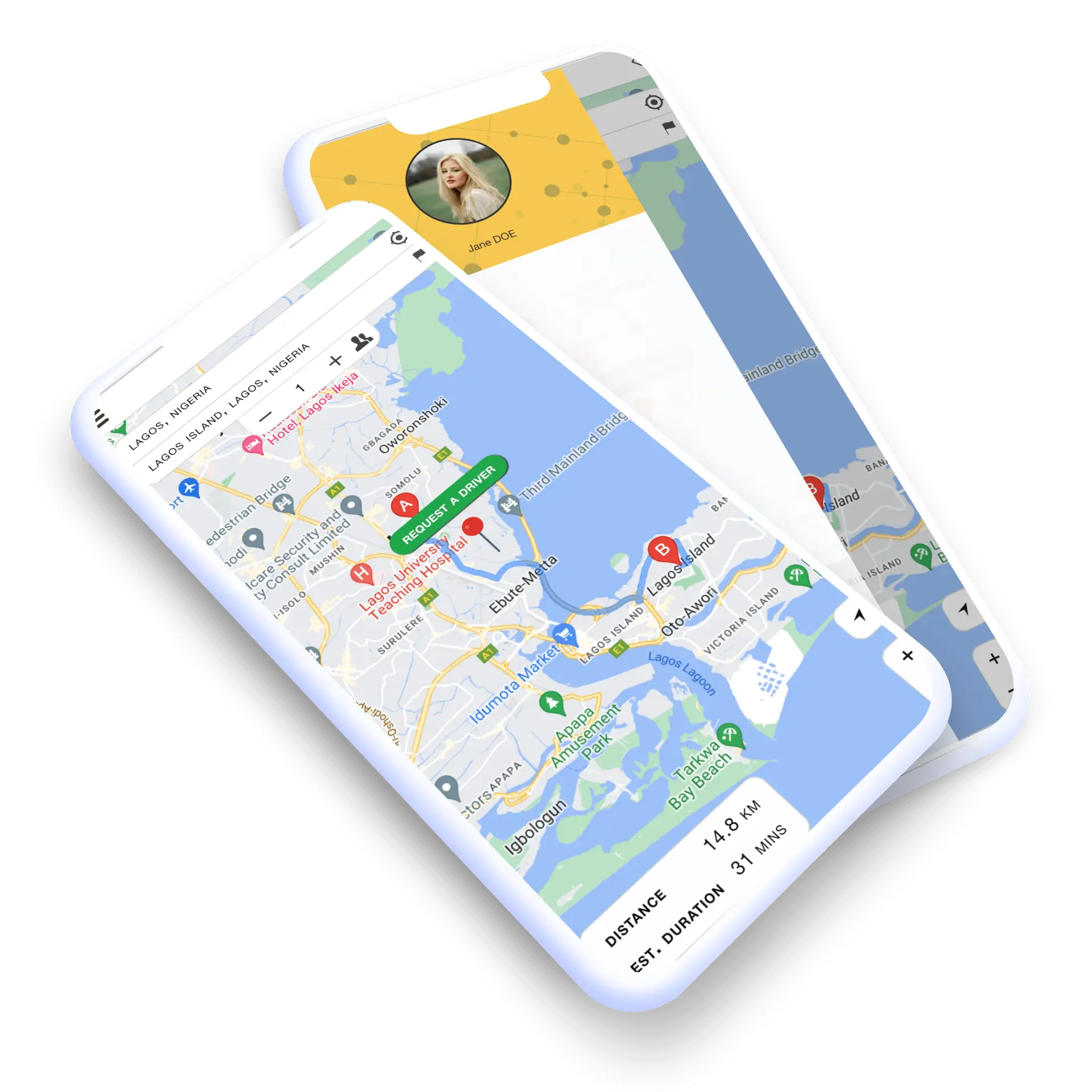
Lifestyle Apps
Lifestyle apps are focused on improving day-to-day life in areas like wellness, fitness, meditation, and organization. With the popularity of self-care and personal development, this is a rapidly growing category.
Some examples of innovative lifestyle app ideas:
- A meal planning and nutrition app that creates customized meal plans based on your health goals, dietary needs, and food preferences. Features could include grocery lists, recipes, and integration with fitness trackers. This solves the challenge of eating healthy by simplifying meal prep.
- A meditation and mindfulness app with 3D augmented reality features, allowing users to visualize calming environments and guides during their sessions. This brings meditation to life in a new interactive way.
- A habit tracker that focuses specifically on creating healthy routines, like consistent exercise, sleep schedules, and productivity habits. The app could use science-backed techniques to encourage habit formation.
- A digital decluttering app that analyzes your smartphone usage and helps cut down on distractions and unnecessary app time. This helps users reclaim focus and quality time.
- A smart calendar assistant that looks at your schedule across apps and commitments and then creates an optimized daily agenda to maximize productivity. Takes the hassle out of scheduling and planning.
The key is creating an app that truly enhances your lifestyle, using technology in an innovative way that feels fresh and essential to users’ goals and well-being. These types of apps attract loyal user bases once they become part of a daily routine.
On-Demand Service Apps
On-demand service apps connect customers with services they need in real-time. Some of the most popular types of on-demand apps include:
Food Delivery
Food delivery apps like Uber Eats, DoorDash, and Grubhub allow users to browse menus, order food for pickup or delivery, and pay right from their phones. These apps are transforming the way people get takeout and are especially popular in cities. Key features include GPS tracking, real-time order status updates, and seamless payments.
Ride Sharing
Ride-sharing apps like Uber and Lyft match riders with nearby drivers for hire. Users can request a ride with just a few taps, see estimated pickup times, track their driver’s arrival, and even split fares with others. Payments are handled directly within the app for a streamlined experience. These services make getting around towns and cities efficient and affordable. Do you know you can create a ride app without coding using free app builder tools like Swiftspeed? check out this feature.
Home Services
On-demand home service apps connect customers to professionals like cleaners, handymen, and gardeners. Users can browse profiles, read reviews, schedule appointments, and make payments all in one place. Service providers benefit from a steady stream of new clients. Top apps in this space include Handy and Takl.
The convenience and immediacy of on-demand apps continue to fuel their popularity. Key to their success is the ability to quickly and easily request real-time services as needed.
Augmented Reality Apps
Augmented reality (AR) apps overlay digital information and images onto the real world, creating an immersive experience for users. The AR app market is still relatively new but shows huge potential across many industries, including retail, education, entertainment, and gaming.
Some ideas for innovative AR apps include:
- Retail apps that allow customers to visualize products in their own homes before buying. For example, an app that lets you see how a new couch would look in your living room. This gives consumers more confidence to purchase online.
- Educational apps that bring diagrams, historical figures, or science concepts to life in 3D. Students could interact with visuals right at their desks, enhancing engagement and learning. Museums are also using AR to provide interactive exhibits.
- Entertainment apps that place users into their favorite games, movies, or music videos. Imagine playing guitar alongside your favorite musician! Venues and amusement parks can also adopt AR so visitors see additional info and visuals layered onto rides and attractions.
- Multiplayer AR gaming opens up huge possibilities. Players could chase each other around their neighborhood as characters from a video game or interact with game components shown on tabletops or other surfaces. The social nature and mobility of AR gaming provide limitless potential for creativity.
AR technology will only improve in the coming years; we can see this pattern already in Apple’s Augmented Reality. Apps that capitalize on these advances today will give their creators an advantage in shaping the future of interactive mobile experiences.
Travel Apps
Traveling to a new destination can be an exciting yet stressful experience. Thankfully, there are a variety of helpful travel apps that can make your next trip easier.
One essential category of travel apps includes those for booking flights, hotels, rental cars, and other travel necessities. Apps like Hopper, Airbnb, and Priceline allow you to compare prices and book travel arrangements right from your phone. These apps often include special discounts and deals not available elsewhere.
For discovering things to do in a new city, apps like Tripadvisor, Yelp, and Foursquare provide crowdsourced reviews and recommendations. You can get suggestions tailored to your interests, browse photos, and read other travelers’ experiences. Some apps even offer self-guided audio tours of top attractions.
Overcoming language barriers is a common challenge when traveling abroad. Translator apps like Google Translate allow you to have conversations in other languages by typing or speaking into your phone. No data connection is required after downloading the language packs.
Navigating a new place is much easier with map apps like Google Maps and CityMaps2Go, which provide turn-by-turn directions and local transit information. These apps can locate nearby restaurants, landmarks, and other points of interest. Some also work offline.
With the right travel apps, you can plan an amazing trip, get around smoothly, and fully experience the local culture. By leveraging the convenience of your smartphone, travel apps enable you to save time, money, and hassle.
Education Apps
Education apps are one of the most popular categories of mobile apps. With education apps, you can learn new languages, academic subjects, skills, and more right from your phone.
Some ideas for great education app opportunities include:
- Language learning apps like aptLearn Mobile, Duolingo, and Babbel help you learn new languages through interactive lessons, vocabulary training, and more. These apps capitalize on the popularity of language learning and make it easy to practice anytime.
- Test prep apps for standardized exams like the SAT, GRE, LSAT, and MCAT provide practice questions, timed practice tests, and other prep resources. Test takers are always seeking ways to improve their scores.
- Subject learning apps that focus on teaching skills in specific subjects like math, science, history, computer programming, music, etc. Making learning interactive and game-ified can engage students.
- General learning apps that allow users to take courses and classes on a wide range of academic and non-academic topics. Massive open online course (MOOC) platforms have found huge success.
- Skill development apps that teach practical skills like coding, design, writing, presentation skills, interviewing, etc. People are always seeking to improve their skills for career or personal growth.
- Apps for kids that make learning fun through interactive games and activities in reading, math, science, critical thinking, and more. Parents are highly motivated to supplement their kids’ education.
The education space has huge opportunities for innovative and engaging apps that make learning accessible and fun and that cater to specific learning needs and goals. The popularity of virtual learning expanded the possibilities even further.
👉🏾 Other Swiftspeed users also read: 13 Powerful Mobile App Monetization Strategy You Can Use in 2023
Finance Apps
The finance category offers huge potential for innovative and useful mobile apps. With the rise of mobile banking and investing, people want to manage their finances on the go. Apps that help users budget invest wisely, track spending, and even trade cryptocurrency can provide real value.
- Budgeting Apps
Budgeting apps allow users to easily track income and expenses, create budgets, and monitor spending habits. Top features include connecting to bank accounts, categorizing transactions, setting budgets and alerts, analyzing spending patterns over time, and forecasting based on past data. Some apps provide additional tools like bill reminders, receipt scanning, debt payoff plans, and sharing budgets with others. The best budgeting apps have intuitive interfaces that make money management simple.
- Investing Apps
Investing apps bring the power of trading and investment analysis to your fingertips. They allow you to check stock prices, read financial news, research companies, get stock alerts, manage your portfolio, and execute trades quickly through your mobile device. Advanced investing apps offer detailed technical and fundamental analysis, charting tools, trading platforms, virtual trading capabilities, and access to real financial advisers. By making investing easier, these apps allow more consumers to take control of their financial futures.
- Banking Apps
Banking apps provide mobile access to your bank accounts and financial services. You can check balances and transaction history, transfer money between accounts, deposit checks via phone camera, pay bills online, apply for loans, find ATMs and branches, receive account alerts, and often chat with customer service right within the app. Mobile banking apps offer users 24/7 self-service access to manage their finances all in one secure hub. Major banks offer feature-rich apps, while new fintech apps also provide innovative banking solutions.
- Cryptocurrency Apps
For crypto investors, mobile apps provide a simple way to buy, sell, trade, track, and manage digital currencies. Top cryptocurrency apps allow you to set up wallets, buy Bitcoin and altcoins with your local currency, monitor real-time crypto prices across exchanges, execute trades and crypto-to-crypto conversions, earn interest on holdings, collect rewards, and securely store your private keys. As cryptocurrency gains mainstream adoption, easy-to-use mobile apps bridge the usability gap and allow average consumers to participate in the crypto economy.
Finance apps tap into people’s desire to take control of their money and investments through easy-to-use mobile tools. With innovative features and intuitive design, they can provide significant utility and convenience to users managing their financial lives.
Gaming Apps
Gaming apps continue to see massive growth and engagement on mobile. While hardcore multiplayer games attract loyal fans, casual and hypercasual games are exploding in popularity among the masses. These are games built around simple mechanics that are easy to pick up and play in short bursts. Some examples include building games, puzzle games, sticker games, and physics games. Major advantages of casual gaming apps are their accessibility, intuitive gameplay, and addictive nature.
Augmented reality is also opening up new possibilities in mobile gaming. AR gaming overlays digital objects and information onto the real world through the device camera. Games like Pokémon GO demonstrate the mainstream potential of AR, with players exploring the real world to catch virtual Pokémon. Additional AR gaming ideas include scavenger hunts, strategy games where game boards and pieces are projected into real space, and first-person shooters with AR enemies. The technology is still evolving but shows promise to turn anywhere into a playable game environment.
Overall, every gaming genre can find a home on mobile if tailored to intuitive touch controls and shorter play sessions. While chasing the next massive trend is tempting, developing a novel game based on a unique mechanic you’re passionate about is often a safer path to success. Focus on playtesting early concepts with real mobile gamers to identify the most engaging and retention-driving game loops. Polish the presentation with appealing visuals, satisfying controls, and a motivation to keep playing and mastering the game. If you are interested in creating a mobile game, you can use our game app maker tool.
👉🏾 Other Swiftspeed users also read: How do Free Apps Make Money in 2024? strategies Exposed
Shopping Apps or e-commerce app
Shopping apps have transformed the retail experience, allowing consumers to easily browse, purchase, and track orders directly from their mobile devices. Retailers are racing to create the most intuitive and user-friendly apps to attract customers.
Key features of shopping apps include:
- Browsing merchandise catalogs with filters to find exactly what you want
- Viewing product details like photos, videos, customer reviews, sizing information
- Secure one-click purchasing and saved payment methods
- Receiving notifications on order status, shipping alerts, and delivery tracking
- Scanning barcodes in stores to compare prices across retailers
- Accessing electronic receipts and warranties
- Virtual try-on of makeup, eyewear, clothes using AR technology
Retail apps allow you to shop anywhere at any time. Special discounts and personalized offers based on your browsing behavior incentivize purchases. Apps remember your product searches, sizes, and brand preferences to provide a customized experience.
Price comparison apps make it easy to find the best deals online. Simply search for a product or scan a barcode, and the app searches all major retailers for the lowest price. Price history charts show whether it’s the right time to buy. Some apps even track prices and can alert you when an item hits your target price.
Loyalty and rewards apps allow you to collect points, earn cashback, and redeem perks from your favorite stores. Retail apps integrate with these programs so you can easily track rewards balances and redeem directly in the app during checkout. If you are reading this and you have a store on WordPress WooCommerce you will like to convert into app, use our woocommerce app builder tool for free.
So whether you love browsing, saving money, or convenience, shopping apps enhance the retail experience through personalization and useful features.
The Importance of Critical and Creative Thinking
Mobile app development stands to benefit greatly from the harmonious fusion of critical and creative thinking. While critical thinking ensures well-founded decisions, creative thinking propels us beyond conventional boundaries. By conducting a thorough self-assessment and understanding the unique attributes of one’s business type, developers can create valuable mobile apps that cater to both customers and employees alike.
Digital businesses can capitalize on their vast customer reach and varied engagement strategies. Mobile apps for such businesses might focus on features like social sharing, personalized recommendations, and geo-targeted promotions. In contrast, hybrid businesses should explore features that bridge the gap between physical and digital experiences. Balancing customer needs and employee empowerment is essential for a successful mobile app.
If you’re trying to conceive a new app idea on your own, here are 10 different ideas for creating a mobile app that you can steal. Take these basic app suggestions to a developer to build an iOS and Android app, or simply do it yourself using our DIY app builder.
Wrapping Up
The app market is becoming increasingly saturated, which means it’s essential to capitalize on hot categories in order to have the best chance of success. The app ideas listed in this article span a range of popular categories that are seeing growing usage and engagement.
Lifestyle apps offer users efficiency and convenience for daily activities. On-demand services make accessing products and services easier than ever. Augmented reality integrates the digital and physical worlds in innovative ways. Travel apps enhance the journey experience. Education apps facilitate continued learning and development. Finance apps empower smarter money management. Gaming apps provide interactive entertainment. Shopping apps enable purchases with a tap.
These categories present tremendous opportunities for aspiring developers. By targeting user needs and pain points within these areas, you can create an app that hits the market at just the right time. Leverage these ideas as inspiration when conceptualizing your next app. Focus on addressing consumer demand and building something truly useful. With a keen understanding of popular trends and categories, you’ll be well on your way to app store success.

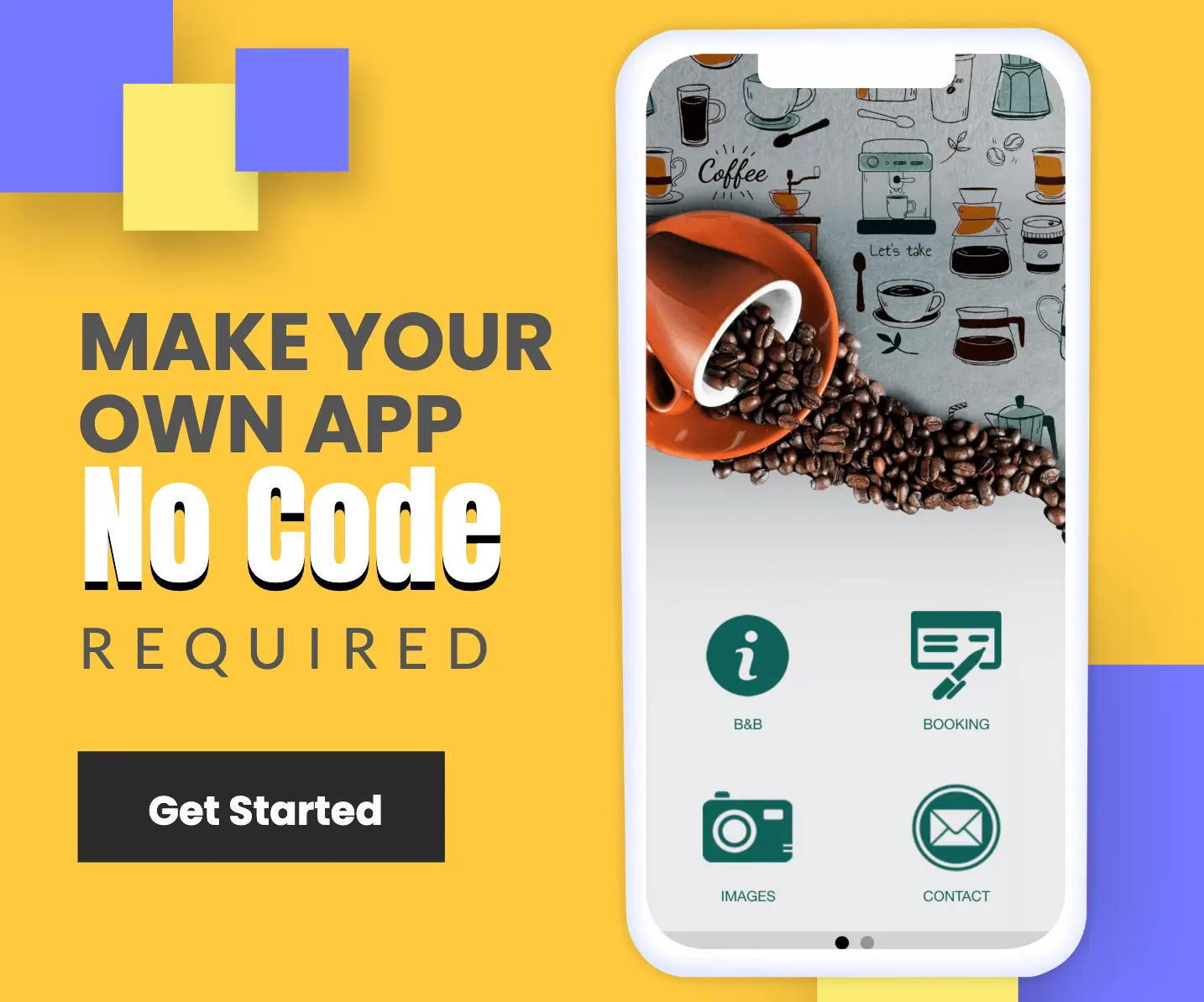
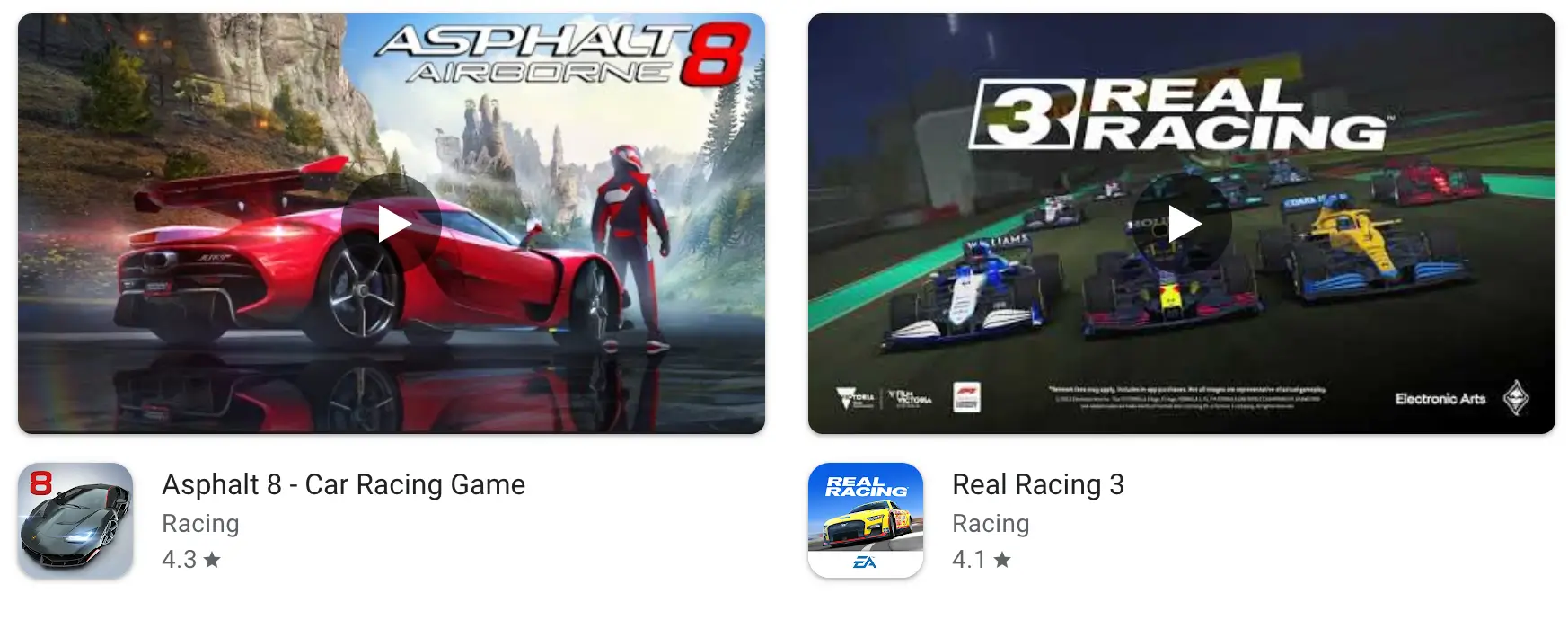
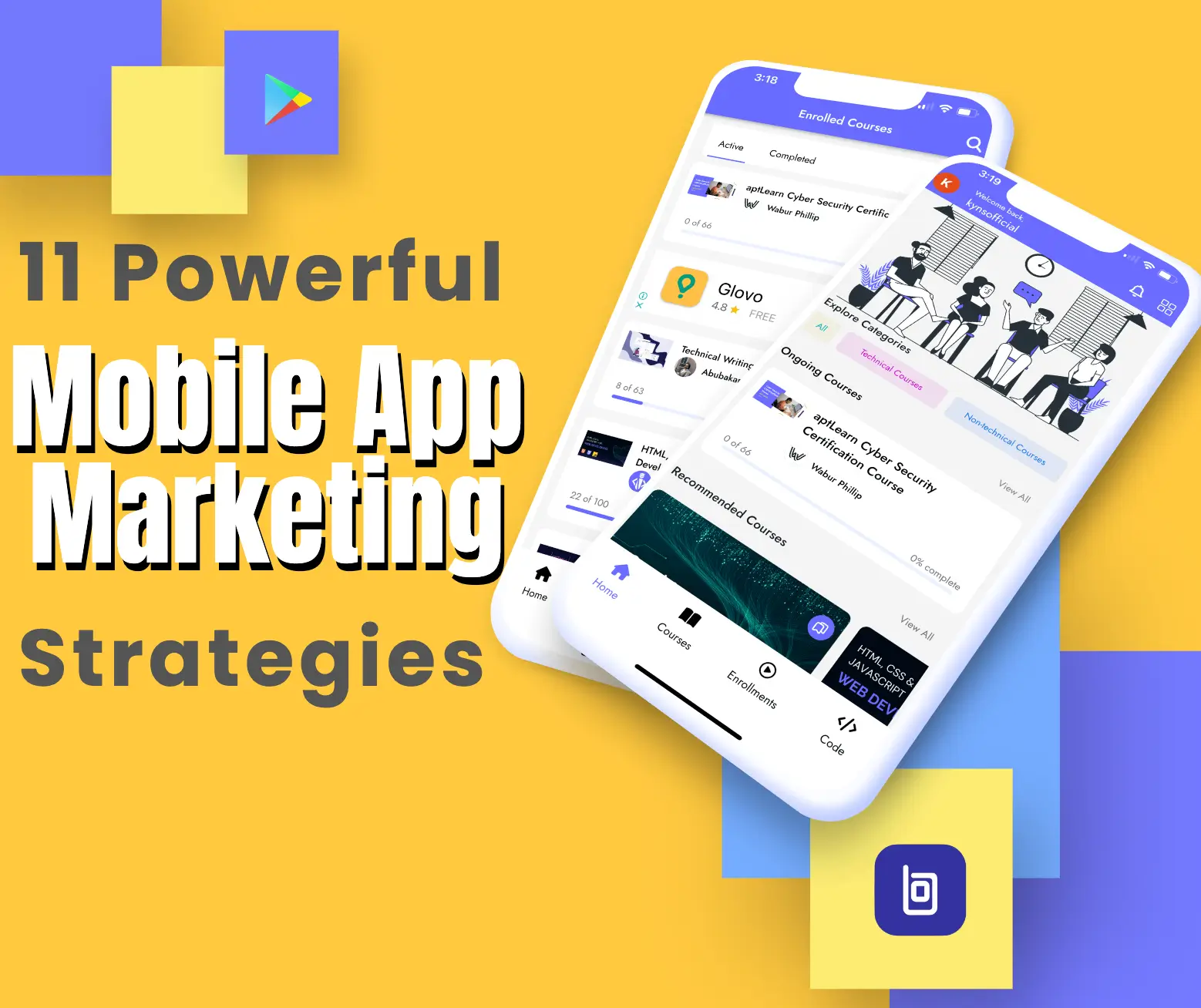
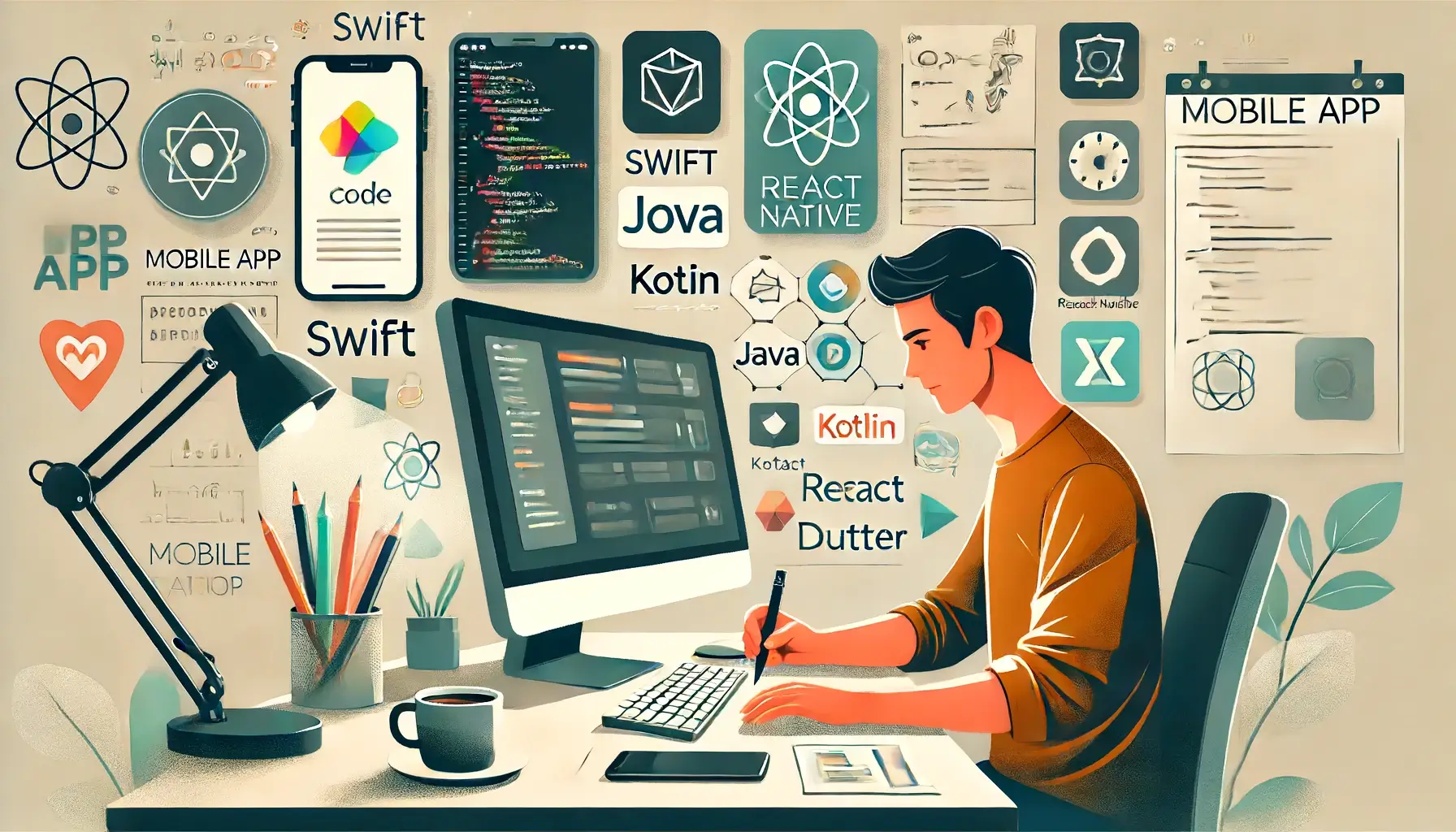
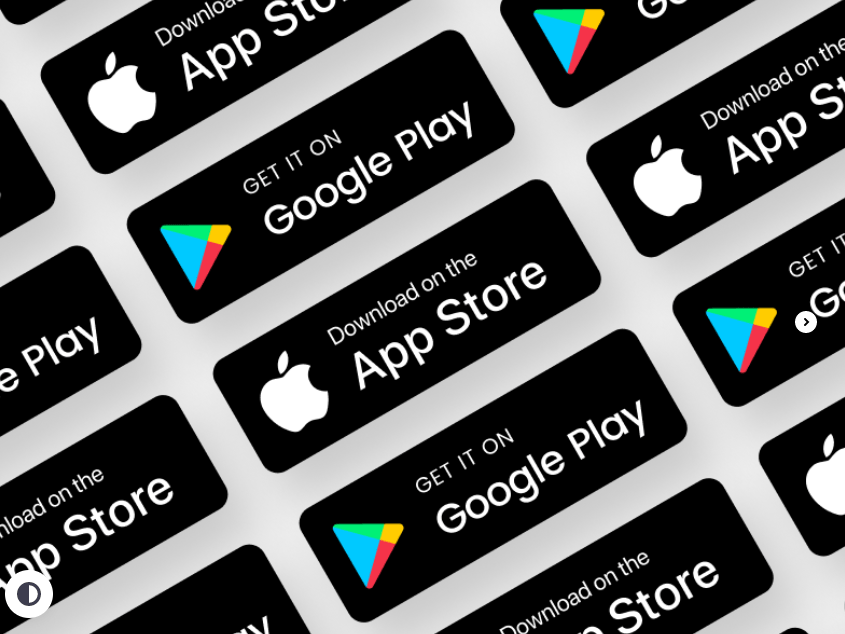
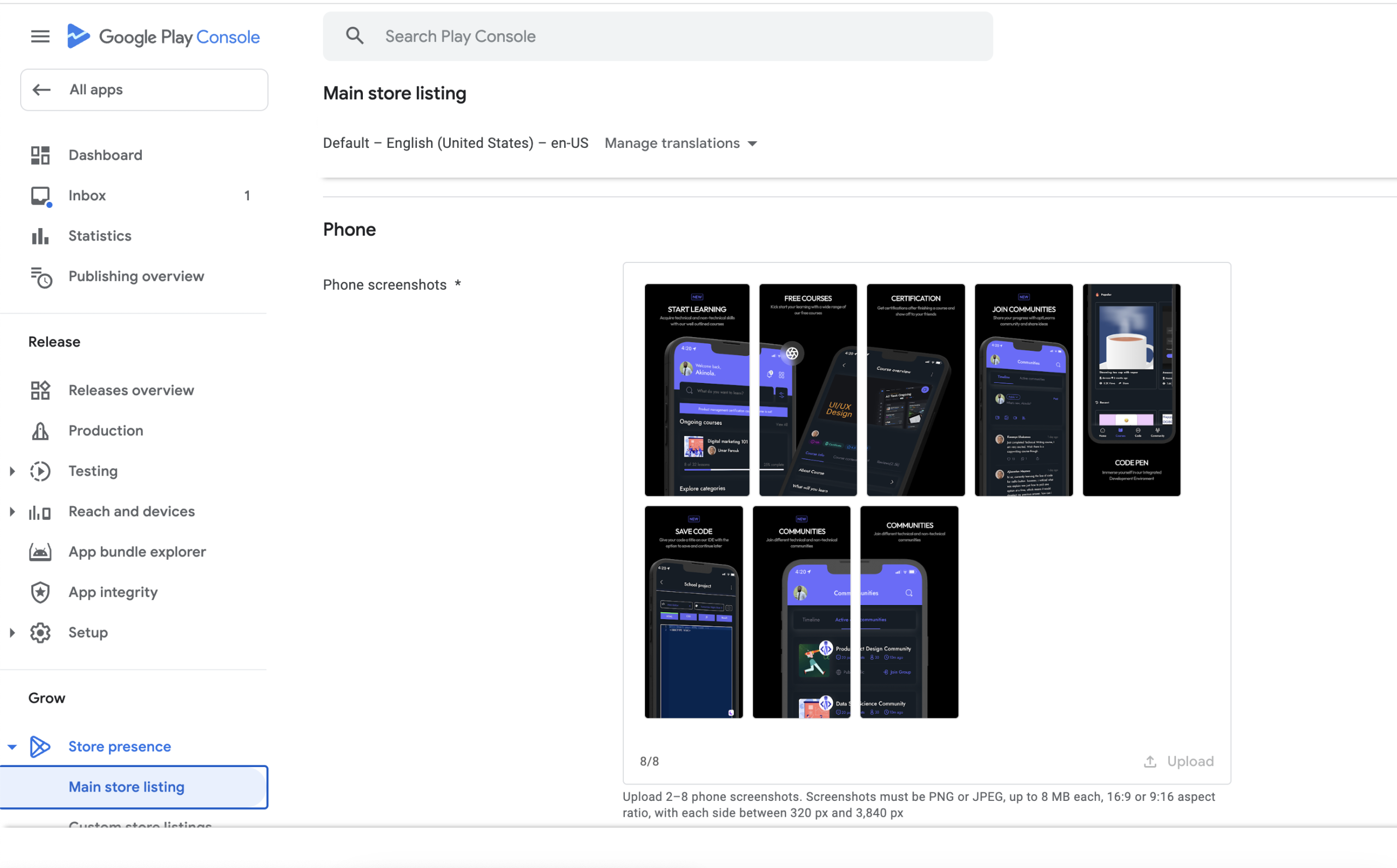
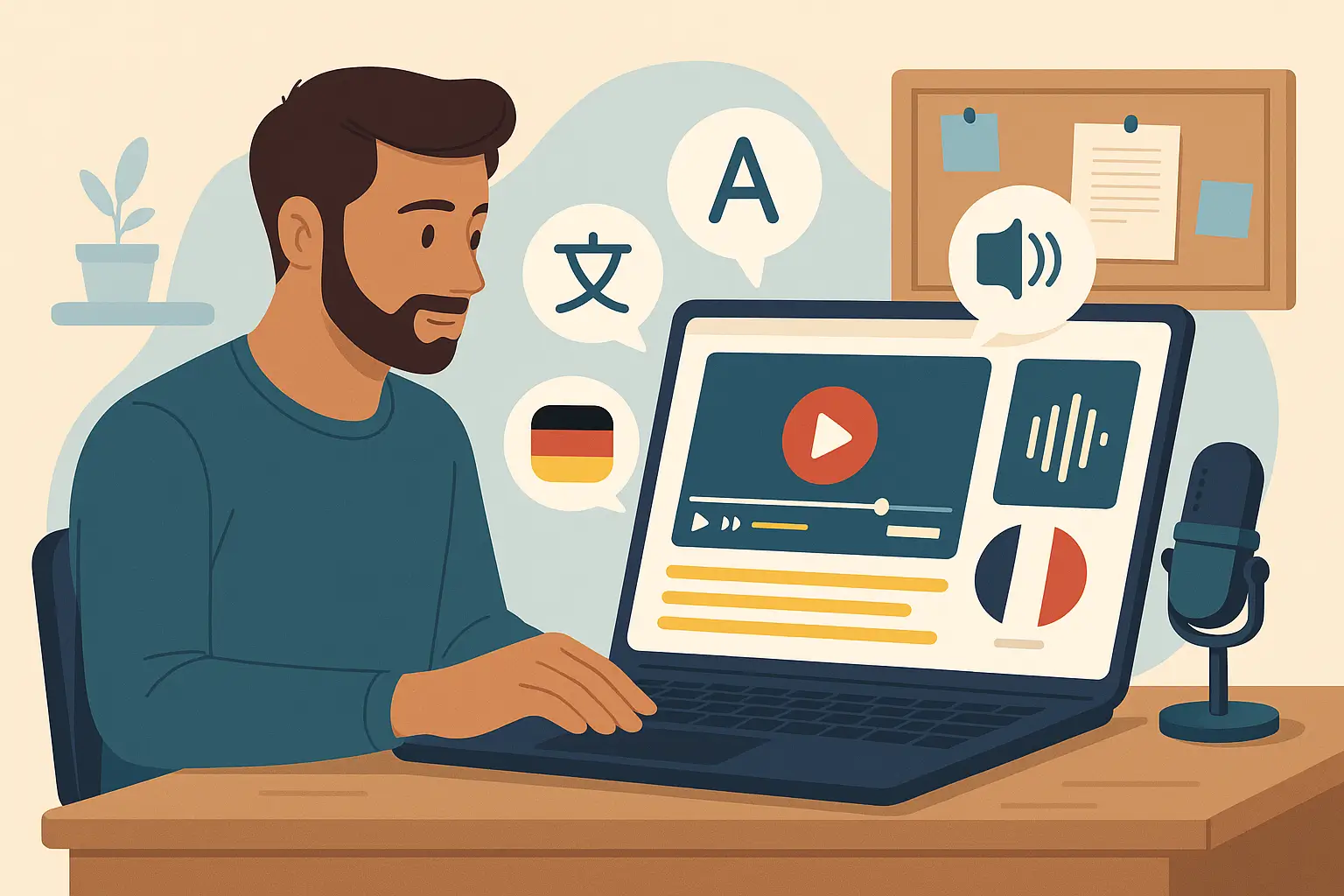
Thank you.
You are welcome